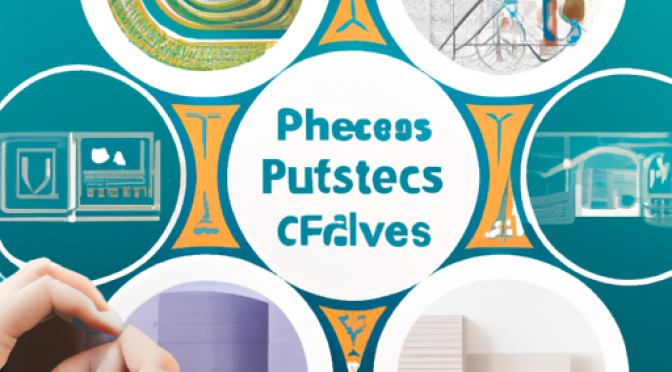Introduction
Passive houses are energy-efficient buildings that can provide the right temperature and comfort for their occupants with minimal external energy use. In recent years, the design and construction of passive houses has become increasingly popular and many new trends have emerged in this field. This article describes the future trends in passive house design.
1. Smart home automation
One of the main trends in passive house design is smart home automation. This technology allows the building to operate more energy-efficiently and increase comfort. Home automation allows occupants to remotely control the heating, cooling, lighting and other systems of the building. It also allows monitoring and optimising energy consumption.
2. Harnessing solar energy
The use of solar energy is becoming increasingly important in the design of energy-efficient passive houses. Solar energy systems, such as solar panels and solar collectors, allow the building to be self-sustaining and energy independent. In the future, these technologies are expected to evolve and become even more efficient for use in passive houses.
3. Ventilation and heat recovery
Adequate ventilation and heat recovery are key in passive houses. In the future, ventilation systems are expected to evolve to provide even more efficient fresh air while minimising energy use. In addition, heat recovery systems are evolving, allowing heat energy to be recovered from the blown air and recycled for heating or hot water.
4. Materials and insulation
Appropriate materials and insulation play a very important role in the design of passive houses. In the future, it is expected that energy-saving materials and insulation materials will be further developed to retain heat even more efficiently in the building. New materials and technologies will enable even better insulation and heat retention in passive houses.
5 Building Information Modelling (BIM)
Building Information Modelling (BIM) is a technology that allows buildings to be designed and constructed in a virtual environment. BIM allows designers and architects to model a building in detail and optimise its energy efficiency. In the future, BIM technology is expected to evolve and become even more widely used in the design of passive houses.
Summary
A number of future trends in passive house design can be expected. Intelligent home automation, solar energy harvesting, ventilation and heat recovery, materials and insulation, and building information modelling will all contribute to the design of energy efficient and environmentally friendly passive houses. Continuous technological development and innovation will allow us to design more efficient and sustainable passive houses in the future.
∑: energy, passive, houses, design, building, future, efficient, materials, allows
